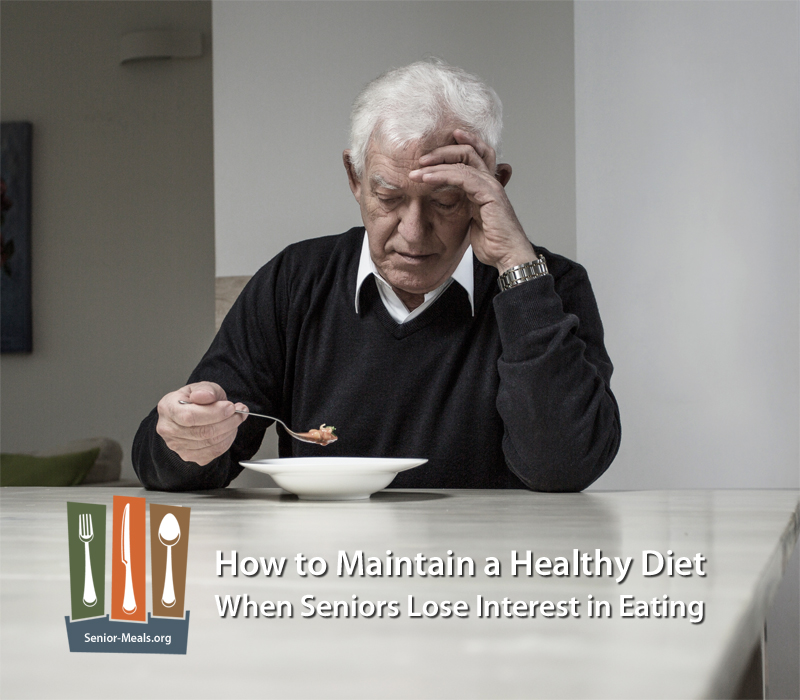Seniors and Elderly Going Hungry in the United States
Over 5.2 million senior citizens face hunger in the United States each year (according to the National Council on Aging). That is over 8.1% of the entire elderly population of the country. Another 4.4 million are barely able to put food on the table. Hunger in adults over the age of 60 has increased since 2001 by over 50% and is facing a projected increase of another 50% during before 2025. The United States is facing an epidemic due in part because of the after-shocks of the 2008-2009 recession periods.
Areas of the Country Primarily Affected
While most areas of the country are affected by these hunger conditions in some way, the southern-most states seem to be the hardest hit. States such as Arkansas, Louisiana, Tennessee, North Carolina, Mississippi, Texas, Alabama, Georgia and South Carolina are among the most troubled states.
Programs Available
There are some programs available for qualified seniors in various locations across the country. These programs help provide supplemental food to those in danger of hunger.
SNAP – The Supplemental Nutrition Assistance Program is a program monitored by the Food and Nutrition Service of the United States and is implemented at the state level. Eligibility is determined by meeting several criteria:
- Resources - A $2,250 threshold is placed on countable resources or $3,500 if there is a person 60 or older in the household.
- Income - Must meet the gross and net monthly income limits based on the household size.
- Deductions - There are a number of deductions allowed within the guidelines.
- Employment - Individuals must meet employment requirements based on dependents. Typically able body individuals under 60 and without depends must participate in a work program for at least 20 hours per week.
- Rule of Thumb - Elderly individuals still qualify for the program if they receive meals at a facility if the facility is federally subsidized.
- Immigration Status - Legal immigrants having lived in the country for five years or having received disability assistance or benefits or children that are under 18.
CSFP - The Commodity Supplemental Food Program provides assistance to low-income seniors. Through the program, monthly packages with healthy supplemental foods are offered to the seniors.
SFMNP – The Senior Farmers’ Market Nutrition Program provides grant funds to U.S. Territories, States and Indian tribal governments that are federally recognized in order to provide low-income senior citizens with coupons that are used in exchange for fresh fruits, vegetables, honey and herbs at local and participating farmers’ markets. This ensures that the seniors can get the nutrition that they need. In 2015 alone the program assisted nearly 818,000 seniors in the United States. Qualified seniors should be at least 60 years old and have a total household income of no more than 185% of the Federal Poverty guidelines for income.
Meals-on-Wheels – A program that provides free or donated related meals to individuals, including seniors, who cannot purchase or prepare their own meals. This program is only approximately 35% federally funded with the balance provided by a compilation of local charities and community programs.
 |
| Home Bistro Senior Meals Reviewed |
Private Pay Options - The truth is that most of America's seniors going hungry will not qualify for a government program. In most cases, the burden of feeding loved ones falls on the shoulders of family caretakers, who must shop, cook, and prepare meals for family members. Another option, or to potentially supplement home cooking, would be the use of senior meal delivery services that specialize in delivering fresh or frozen prepared meals.
There are many senior meal delivery services to choose from, and finding the best one for your needs, and budget, is one of the most difficult tasks a family caretaker has to manage.
Senior-Meals.org is a website written by family caretakers to help new family caretakers find solutions for feeding their loved ones. Senior meals from all these different services were purchased and reviewed with actual photos. It is a resource that can help find the best meal solutions for their budget.
Awareness for Food Assistance
Despite citizens having worked the majority of their lives, saving and caring for their families, many of them are not sure where the next meal is coming from. Without the help of the programs available nationally, state-wide and locally, many of them will not be able to remain healthy. The medical issues that most seniors face are enhanced and aggravated by a lack of nutrition. Additionally, most of these individuals will not ask for help being of the mindset that asking is weakness and they should stand on their own two feet as they always had.
It is up to the communities, neighbors, assistance programs and social workers in the areas to get involved and provide the options to the elderly. It is time to let them know that there is some help that they can benefit from. In many cases, these seniors are unaware that support is out there and that they likely qualify for that assistance.
For most seniors, a combination of the available programs can bring some food security and help them to maintain a healthy lifestyle and enjoy life with dignity. Local community centers, as well as the city and town offices, should be able to provide information necessary to apply for the programs.
About the Author
Craig Caldwell is a remote family caretaker who has been taking care of his Mom since his father passed away. He founded Senior-Meals.org after years of trial and error experience in helping his Mom eat on a nutritional diet plan. Learn more by visiting his website.
Additional Resources
- Senior Hunger Facts - National Council on Aging
- Senior Hunger Poses Unique Challenges - Feeding America
- SNAP - United States Department of Agriculture
- Find Senior Meals - Meals on Wheels America



Comments
Post a Comment